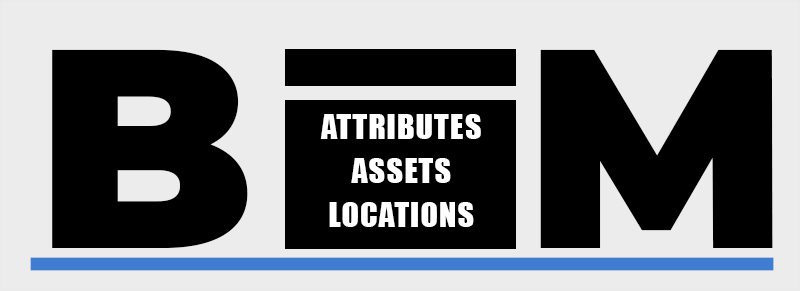The story begins
Construction will soon be completed. The production teams are leaving the project office and the site, one by one. As soon as the workers and project managers are gone, the adaptation to this new building, this new infrastructure, virtually visited for months, begins. For you, the hubbub continues with understanding the ins and outs of this brand new asset, which is equipped and has a multitude of functionalities. Management tools have been implemented one after another and the associated training is being deployed. With the effervescence of the new built environment, your teams raise several questions and make many suggestions. As an owner or manager of infrastructure / buildings, you face a new challenge: operating and maintaining this new asset. This time, unlike with your previous assets, you were delivered a digital model and a series of digital files. [You now have two choices: the blue pill or the red pill.]
The blue pill: the status quo
You are well aware of the efforts required for sound information management. At the start of the project, you were motivated by the idea of having a single, representative and adequate source of data about your assets. But reality catches up with you and the data increases tenfold… You appreciate the space saving provided by the storage of plans and technical documents on a hard disk … But what happens with the model itself? A few of your employees could use it as needed, or when a major renovation project is carried out in the future. [End of the story.]
The red pill: a new journey begins
You have chosen to go down the path of new challenges, but you fully assume this choice because your objective is to develop your management practices on a solid foundation: a foundation sitting on knowledge and data about your assets. Indeed, sturdy asset management is a priority for you and you are keen to take advantage of the data and information generated during the construction project.
You also know that over time, if that data isn’t used or updated, it loses value.
And besides, as your memory comes back to you … you note that you’ve visualized the asset to be built during conception, but you also involved the operations and maintenance teams in the design reviews. These teams helped you establish the information requirements that would allow them to exploit the value of the data generated during the project phase in the post-construction stages. Hence, you have decided to exploit the full potential of your BIM not only during the design phase, but also post-design.
And what about planned post-construction uses?
[This chapter is where your story fits. Only your business context can really determine what post-construction uses you can leverage. What data has high added value for your organization? Take a few moments to explore the potential of your BIM with these few ideas…]
- Would a good room list, complete and uniform, named and numbered in accordance with your standards, be useful to you? And what if you could also have access to the associated areas and functions?
- And the assets? Do you keep a detailed asset registry or do you prefer groupings by asset class? Whether it is for a list of electromechanical equipment, exterior doors, roof basins or even metro stations, it is quite possible that an informal list is making headway in your organization. Isn’t it better to have the assets, and the associated location, properly named from the start. Extracting information from your model could save you time … and errors.
- For you and your maintenance teams, inspections are important, as they are a source of potential savings and reliable systems’ performance.

In short, whether it is for importing a cleaning software, an maintenance one or even for managing security accesses, quality data is an excellent starting point for the analysis of spaces or the implementation of management tools. On the other hand, once post-construction uses have been determined, you will then need to implement an information management process, which assigns the necessary resources and tools required to achieve your objectives. Above all, do not neglect efforts to update data… nor those associated with having the same information, albeit sometimes even erroneous or incomplete, in 7 different places! It is all about planning and organizing from the moment you have access to an adequate source of data. [That was the other end of the story; but that’s just the beginning.]



